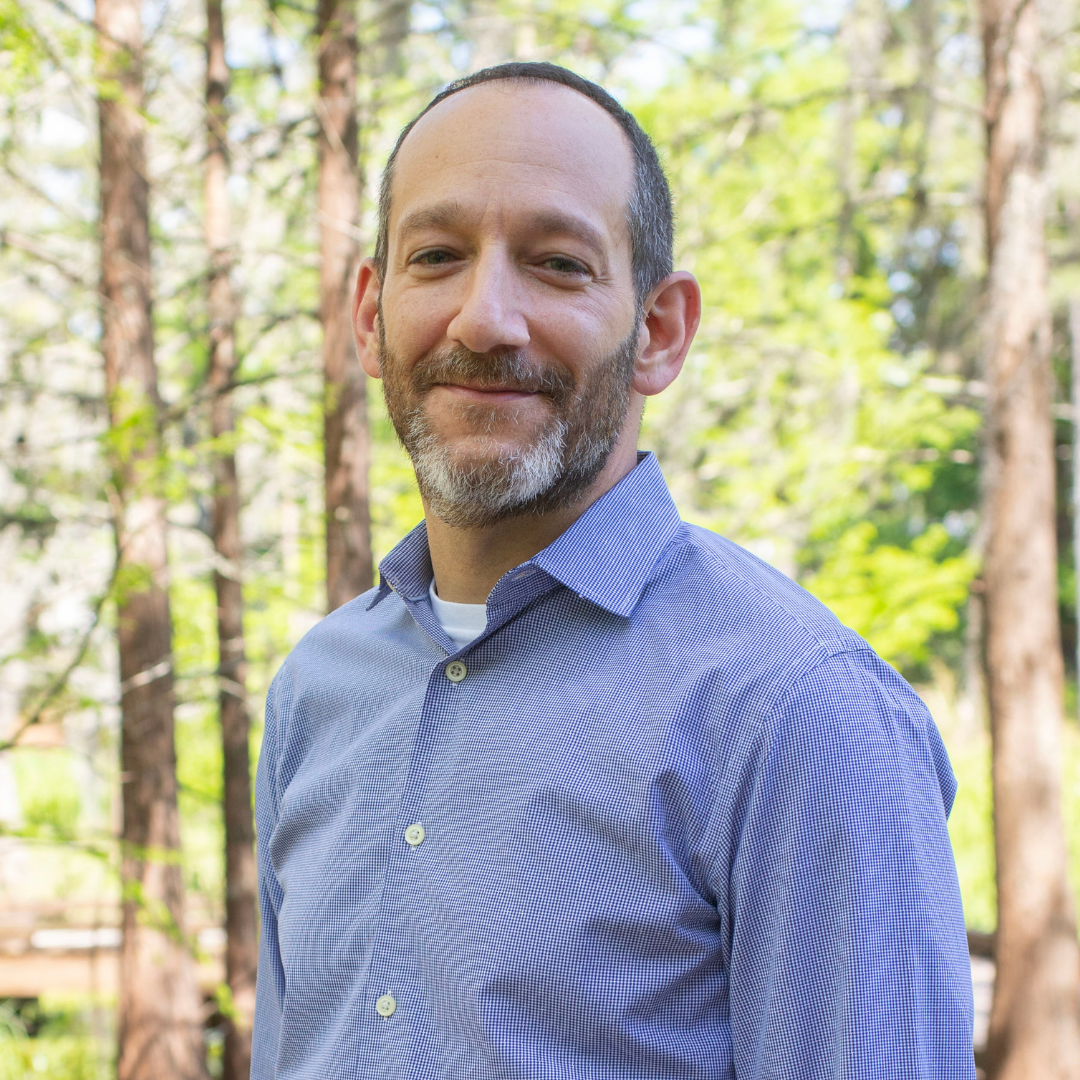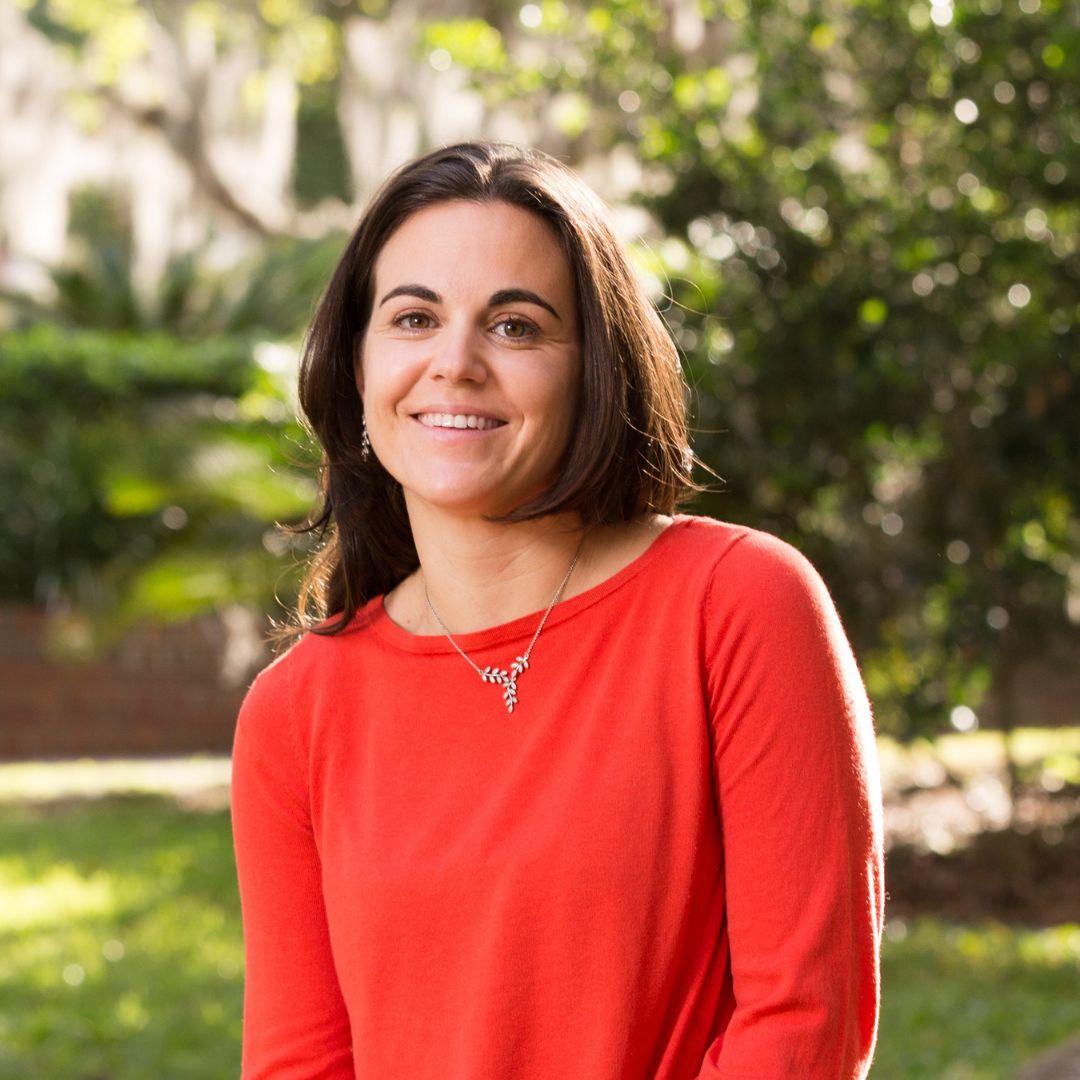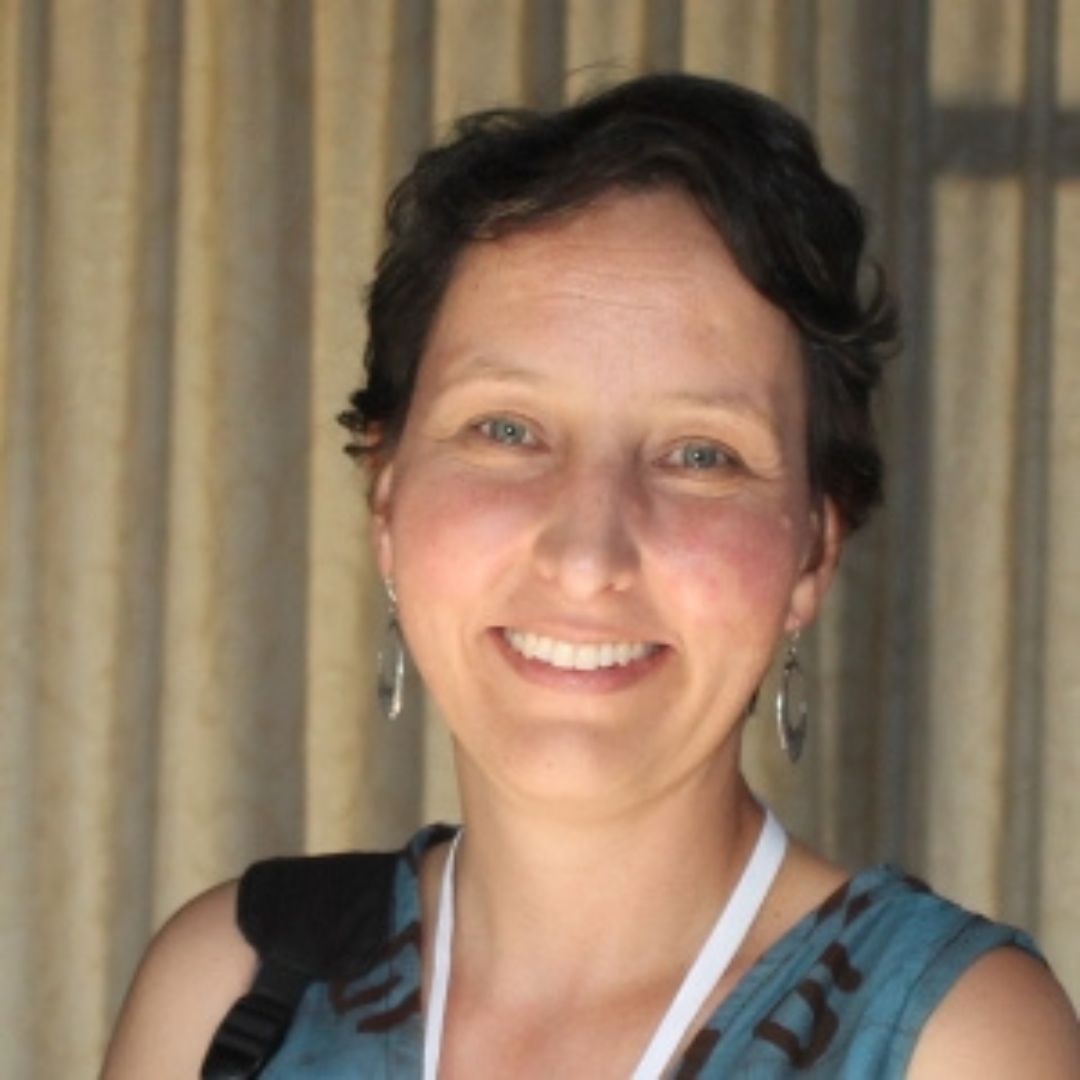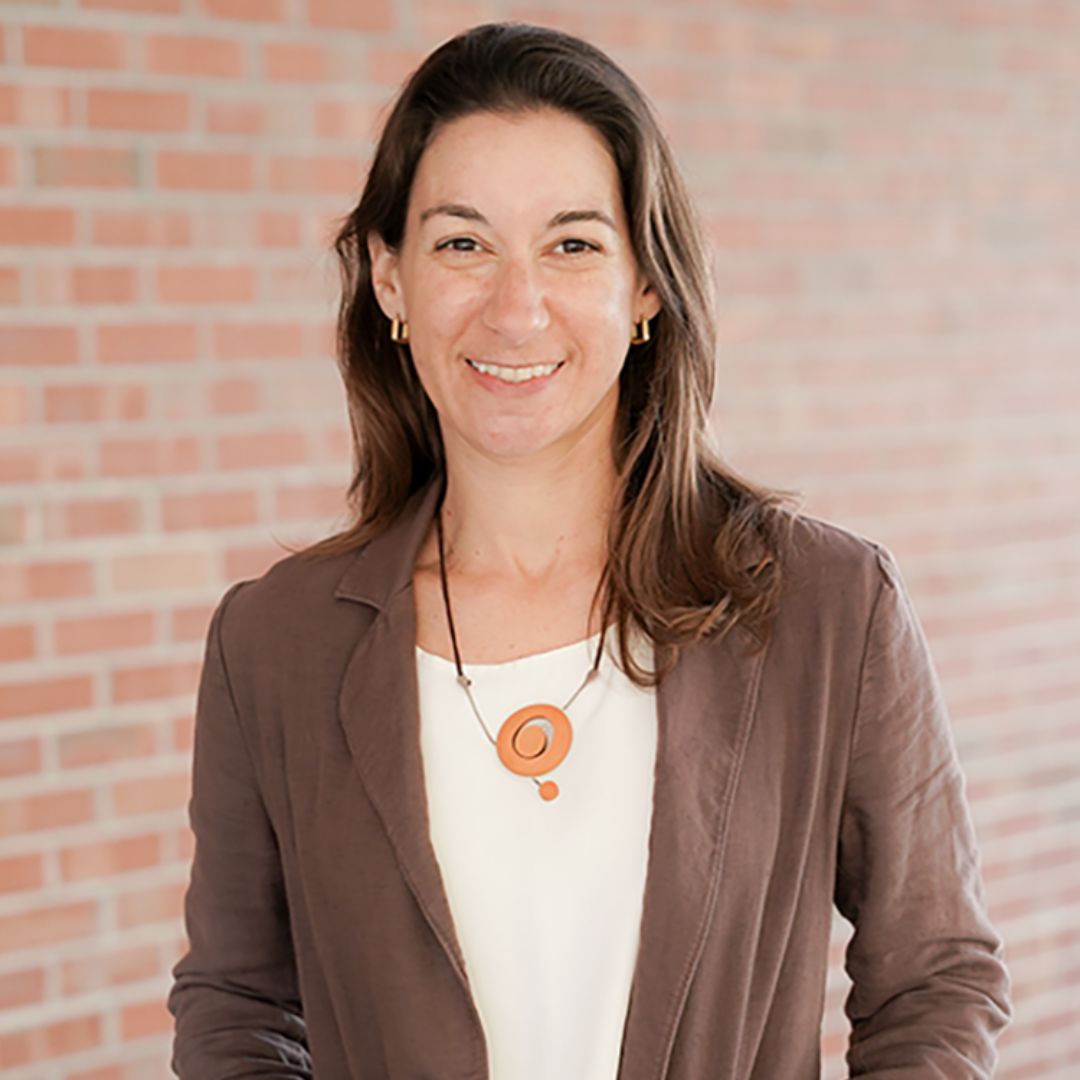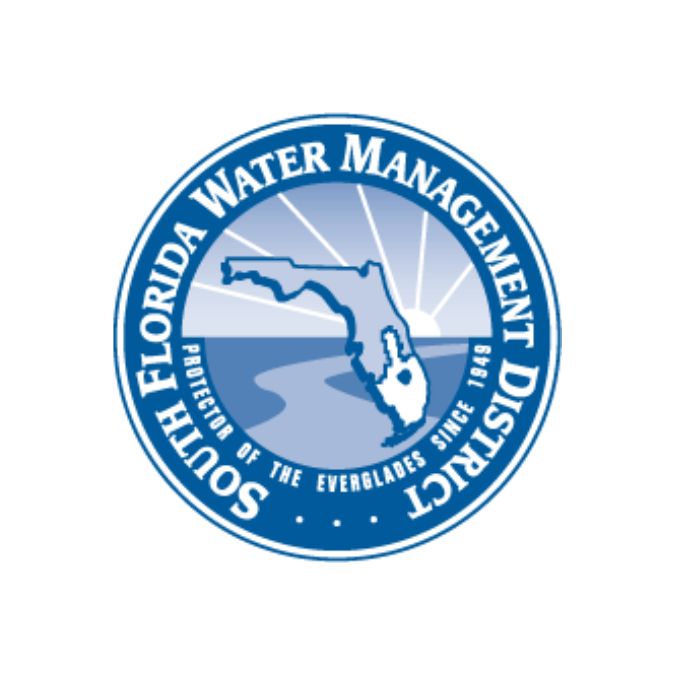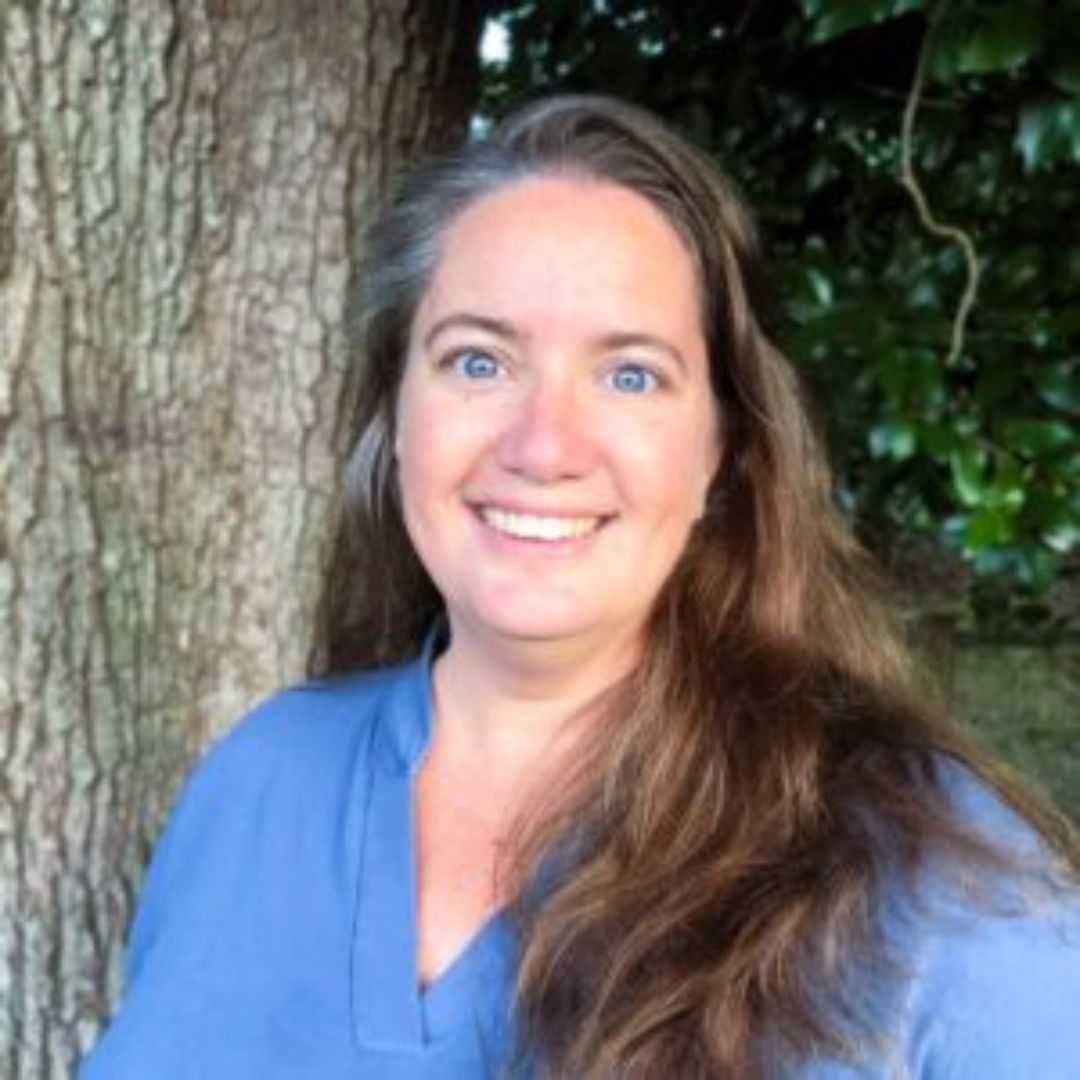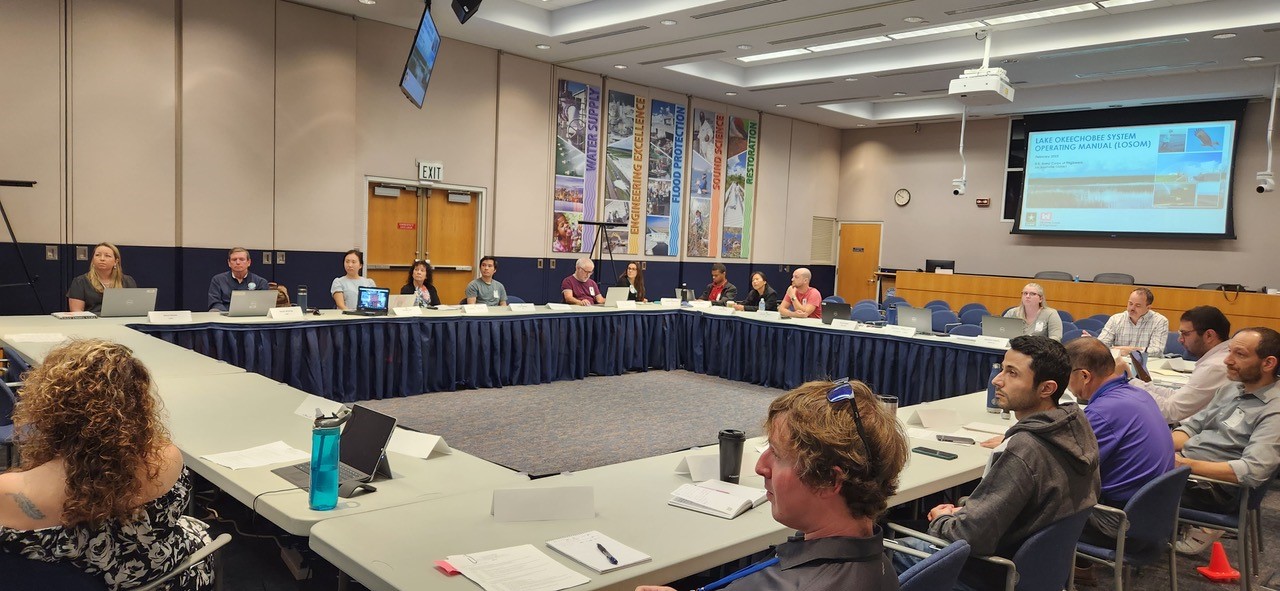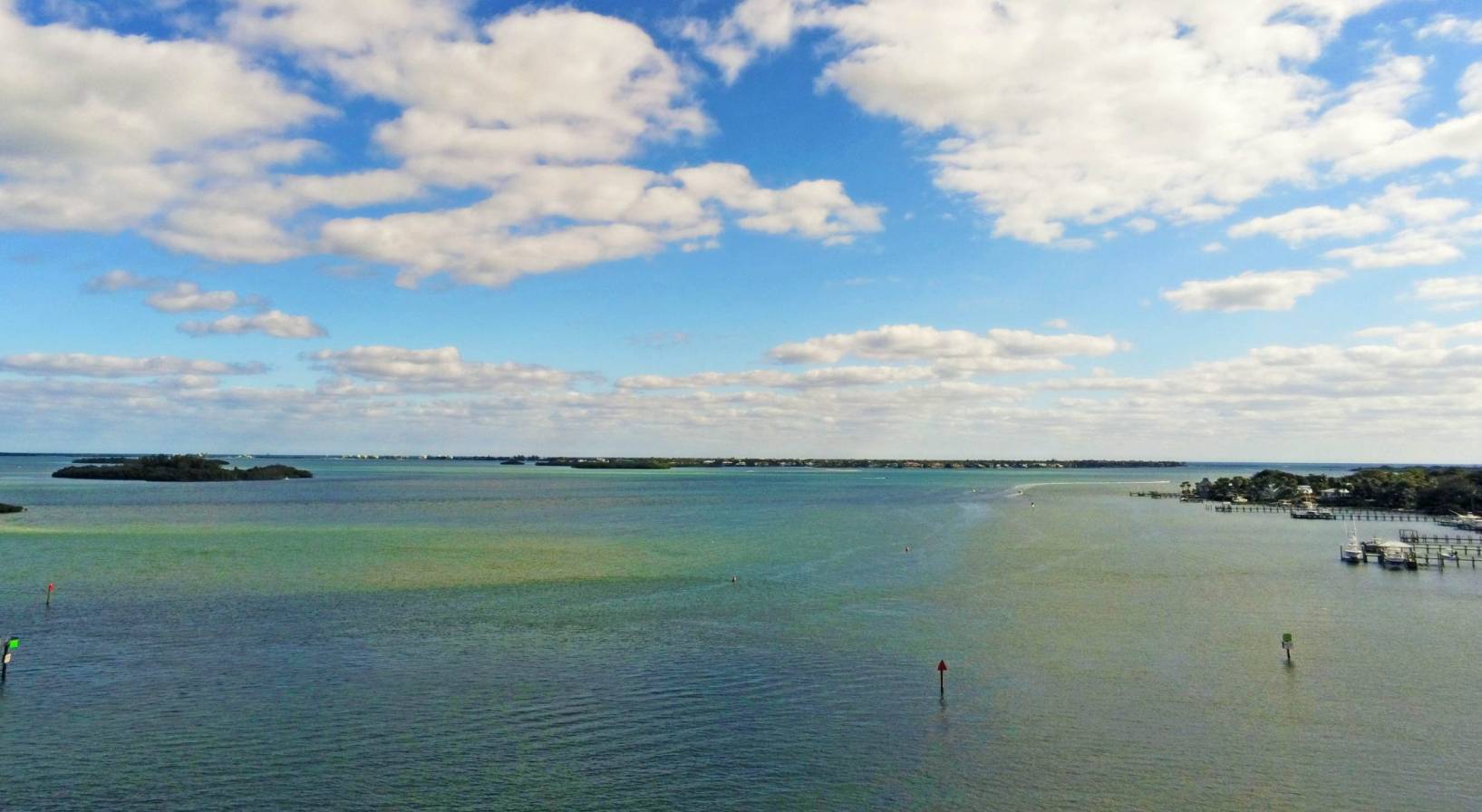Challenge
Lake Okeechobee and the St. Lucie and Caloosahatchee River watersheds comprise a vitally important and environmentally sensitive ecosystem. Harmful algal blooms (HABs) occur when rapid growth of algae leads to an accumulation of individual cells that, in turn, discolor water, often produce floating mats that emit unpleasant odors, and may negatively impact fish, birds, shellfish, and other animals. HABs ultimately lead to many negative impacts to the environment, public health and the state economy. Water quality in the St. Lucie estuary and watershed are influenced by ecological stressors including urban development, agricultural land use, a highly variable salinity regime, and inflows from regulatory Lake Okeechobee releases during heavy rainfall and severe storm events.
Response
CCS and our partners are working to support the development of new state-of-the-art water quality data and models to better predict and manage harmful algal blooms in the St. Lucie estuary and watershed. The three-year grant will fund the development of a new decision support system that will allow end-users to rapidly interpret short term forecasts, predict future HABs, and deliver crucial information and tools.
The research team is taking a multidisciplinary approach to fill any knowledge gaps by utilizing water resources modeling, water quality monitoring, physical oceanography, stakeholder engagement, and HAB source tracking, characterization, and prediction.
Funding
This Integrating Modeling Tools and Observations for Prediction and Management of Harmful Algal Blooms in the St. Lucie Estuary and Watershed (SLEW) project is funded by the US Army Corps of Engineers Engineering Research and Development Center Aquatic Nuisance Species Research Program.

